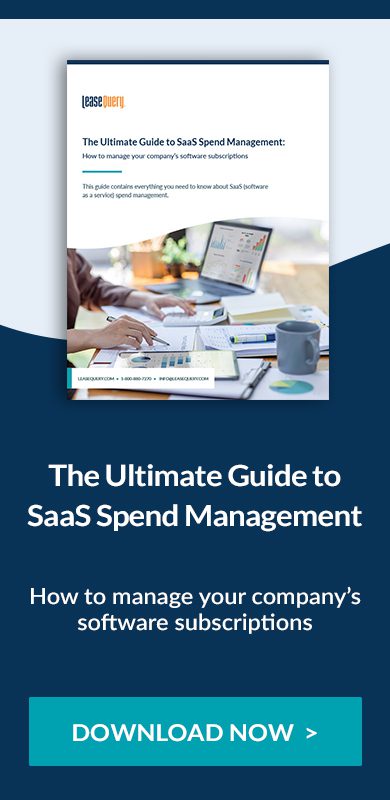Cloud spending is skyrocketing with even small to medium-sized businesses spending over a million dollars annually on cloud services. With these numbers rising, managing cloud costs has become a critical concern for IT and finance leaders. Large companies are turning to the FinOps (Financial Operations) framework and hiring dedicated FinOps headcount to maximize the value of their cloud investments while minimizing spend. However many organizations cannot afford a dedicated FinOps headcount. The good news is, that hiring a bunch of smart people to be a dedicated FinOps function is not the only, or even the surest, path to success. Organizations of any size can achieve the benefits of FinOps without the overhead by getting buy-in and building the right foundation of process, KPIs, governance, and operations including tools. To do this without hiring a team of FinOps specialists, leverage the human capital and intelligence already in your organization to establish a Cloud Cost Center of Excellence (CCOE).
FinOps in Cloud Cost Management
Cloud services offer flexibility and scalability, but they also come with complex pricing models and hidden costs. Businesses often face runaway expenditures due to a lack of proper governance and financial accountability. This is where FinOps comes in—offering a framework to manage and optimize cloud costs effectively.
FinOps is an operational framework that maximizes the business value of cloud computing. Initially focused on infrastructure costs, FinOps has evolved to include SaaS management as a critical component of cloud cost optimization. FinOps involves a collaborative approach where finance, IT, and business teams work together to optimize cloud spend. FinOps promotes financial accountability and data-driven decision-making, transforming cloud cost management into a team effort.
Make FinOps a Team Sport with a Cloud Cost COE
Instead of a dedicated FinOps team, many organizations find success with a Cloud Cost Center of Excellence (CCOE) to champion and evangelize FinOps. This is a cross-functional group composed of individuals from IT, finance, operations, and other relevant departments. The CCOE acts as a central hub for cloud cost optimization initiatives, bringing together diverse perspectives and expertise.
The Role of the CCOE
In the absence of dedicated FinOps employees, the CCOE acts as a central hub for cloud cost management, ensuring that the organization maximizes the value it derives from cloud investments while minimizing unnecessary expenses. It achieves this by focusing on the following:
- Cost Governance: The CCOE establishes and enforces cost-optimization policies, ensuring that all cloud resources are used efficiently.
- Data Analysis: They leverage cloud and SaaS cost management tools and platforms, like FinQuery Software Management, to analyze spending patterns, identify areas for improvement, and track the impact of optimization efforts.
- Collaboration: The CCOE facilitates communication and cooperation between teams, fostering a culture of shared responsibility for cloud costs.
- Education and Advocacy: They educate stakeholders on FinOps principles, best practices, and the financial implications of cloud usage.
Empowering the CCOE
Executive leaders play a pivotal role in making a CCOE successful. Leadership must clearly articulate the business priorities related to cloud cost management, emphasize the importance of collaboration across departments, and empower the CCOE to take action. This means giving the CCOE the authority to make decisions, implement policies, and hold teams accountable for their cloud spending. Without this executive backing, the CCOE’s efforts may be hampered by resistance or lack of cooperation from other departments.
The Benefits of a CCOE Approach
No matter the reason an organization chooses to take a CCOE approach rather than hiring dedicated FinOps employees, the benefits remain the same:
- Cost Avoidance: By avoiding incremental headcount the organization will save on overhead.
- Cross-Functional Alignment: The CCOE fosters collaboration between different teams involved in cloud usage, breaking down silos and ensuring everyone is working towards shared cost optimization goals.
- Shared Responsibility: The CCOE ensures that everyone is aware of their role in cloud cost management and holds them accountable for their actions.
And of course, like a dedicated FinOps function a CCOE provides:
- Cost Savings: By identifying and eliminating wasteful spending, the CCOE can drive significant cost savings for the organization.
- Optimized Resource Allocation: By providing a clear picture of cloud costs and freeing up resources from unnecessary spending, the CCOE enables the organization to invest in innovation and new initiatives.
- Enhanced Agility: The CCOE’s proactive approach to cost management allows the organization to adapt quickly to changing business needs and market conditions.
Conclusion
You don’t need a dedicated FinOps function to manage cloud costs effectively. Implementing effective FinOps practices can be done by embracing a cross-functional approach. By establishing a CCOE, organizations can optimize cloud spend to achieve significant savings and drive better business value. Remember, FinOps is a journey, not a destination. It requires ongoing commitment and collaboration from all stakeholders, with executive leadership setting the tone and empowering the CCOE to drive success.

